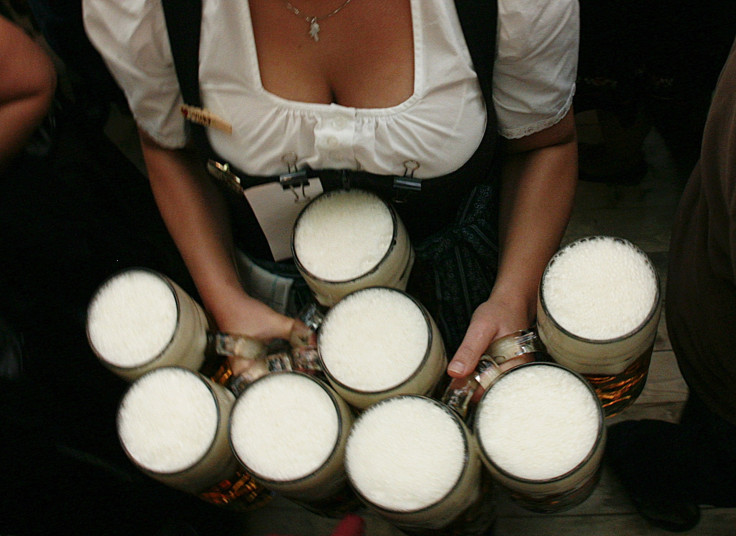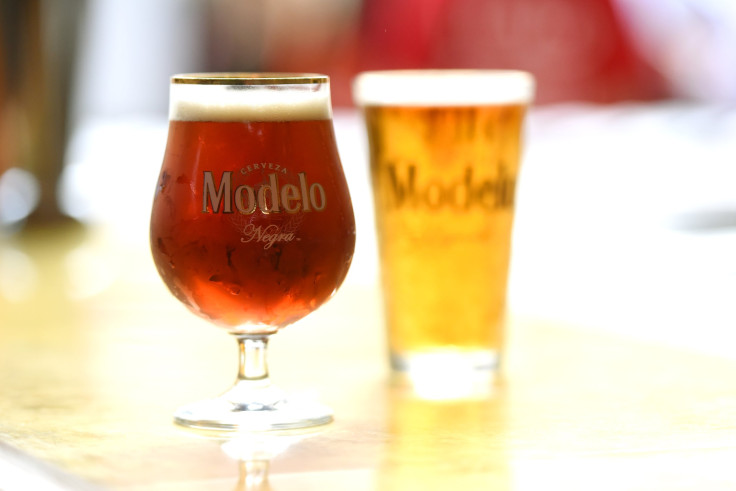Beer Googles Are Real, But Quite Complicated, Study Finds

For anyone unfamiliar with the phrase, beer goggles are not actually a pair of glasses made of beer, but instead, like the term “rose-tinted glasses,” refers to a shift in perception. In this case, the perception is visual, the catalyst for the shift is alcohol, the person seeing is usually a male and the person being seen female.
A search on Google for the term shows this: “used to refer to the supposed influence of alcohol on one's visual perception, whereby one is sexually attracted to people who would not otherwise be appealing.”
However, the supposed influence is actually quite real, a new study by researchers from the University of Nebraska-Lincoln found. Men were found to spend a lot less time looking at a woman’s face when inebriated, compared to men who were sober, dropping their gaze instead to other parts of the woman’s body.
This objectification of or sexualizing women was not entirely straightforward, but more nuanced. Drunk men were more likely to look at other parts of women’s bodies, beyond the faces, if they thought the women were unfriendly or unintelligent, the study found.
“Intoxicated men in the study were less likely to objectify women they perceived as warm and competent and those who were of average attractiveness. Perhaps this is because warmth and competence are humanizing attributes that create a buffer against objectification,” Abbey Riemer, a doctoral student in psychology at the university and lead author of the study, said in a statement Thursday.

The study was small, with 49 men between the ages of 21 and 27 years participating, of which 38 were white. Some participants were randomly chosen to drink a mix of orange juice and alcohol till they reached legal intoxication limits. The rest were given drinks with very small amounts of alcohol to make them smell and taste alcohol, but not enough to get them drunk.
All participants were then shown photographs of 80 college-age women who had volunteered to be photographed dressed like they were going out to a bar or to a party. These photographs had already been rated by 309 men and women on attributes of attractiveness, warmth and competency, and categorized into low, average and high on each. The study participants’ gaze was followed using eye-tracking equipment to see whether they were looking at the women’s faces, chests or waists.
Since the study was based on men looking at photographs, and not at actual women, where they chose to look depended entirely on their own perceptions of the photographs, and had nothing to do with the behavior or traits of the women in them, the researchers stressed.
“We need to be clear — this is all happening in men’s minds,” Riemer said in the statement.
The study’s authors concede that their sample size was small and largely uniform, but said their work could be a pilot study for further research into a subject that is understudied despite being a potentially large factor in cases of sexual misconduct and sexually aggressive behavior.
The open-access paper, titled “Beauty Is in the Eye of the Beer Holder: An Initial Investigation of the Effects of Alcohol, Attractiveness, Warmth, and Competence on the Objectifying Gaze in Men,” appeared online Wednesday in the journal Sex Roles.
© Copyright IBTimes 2025. All rights reserved.





















